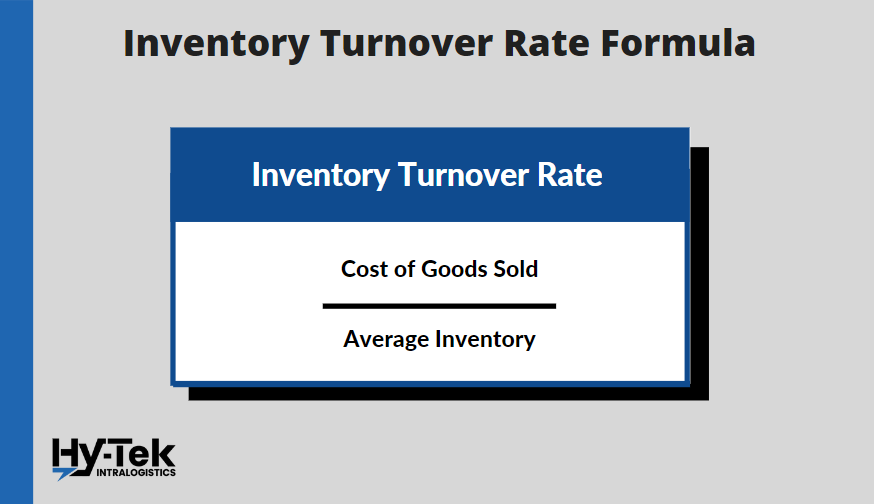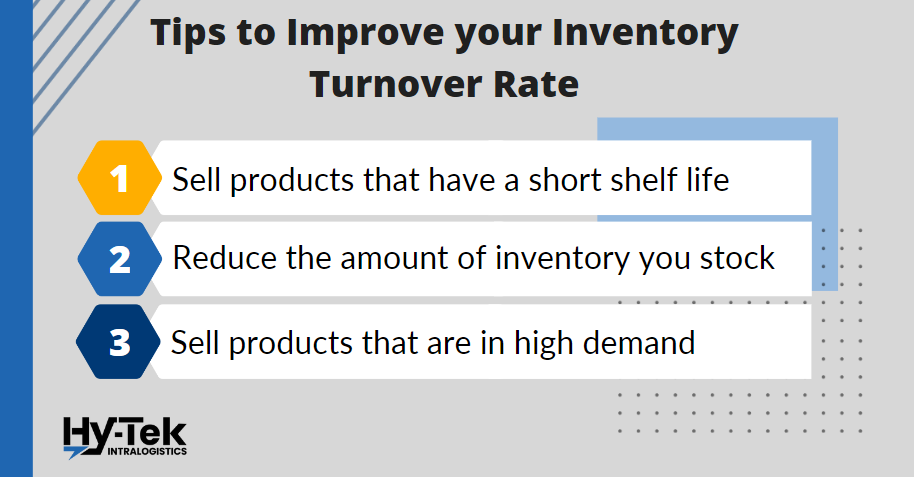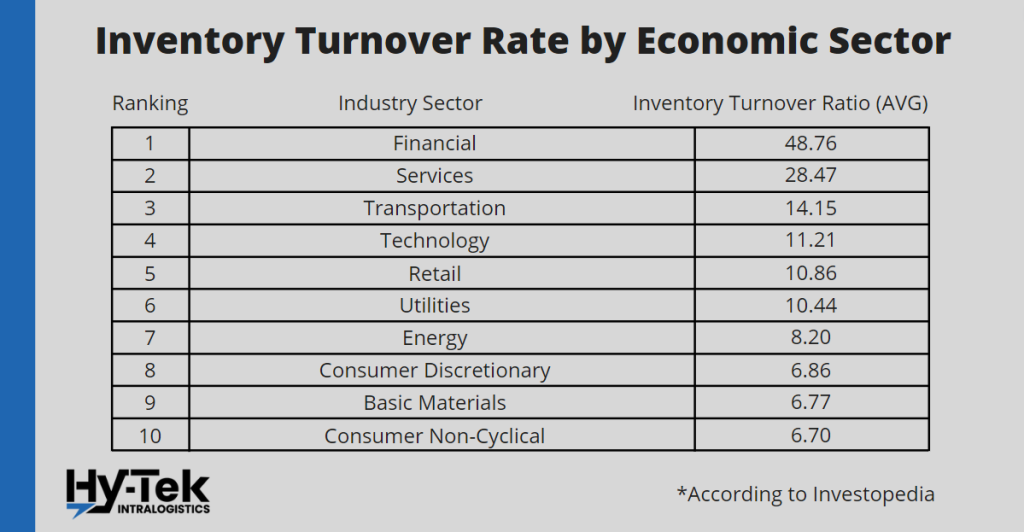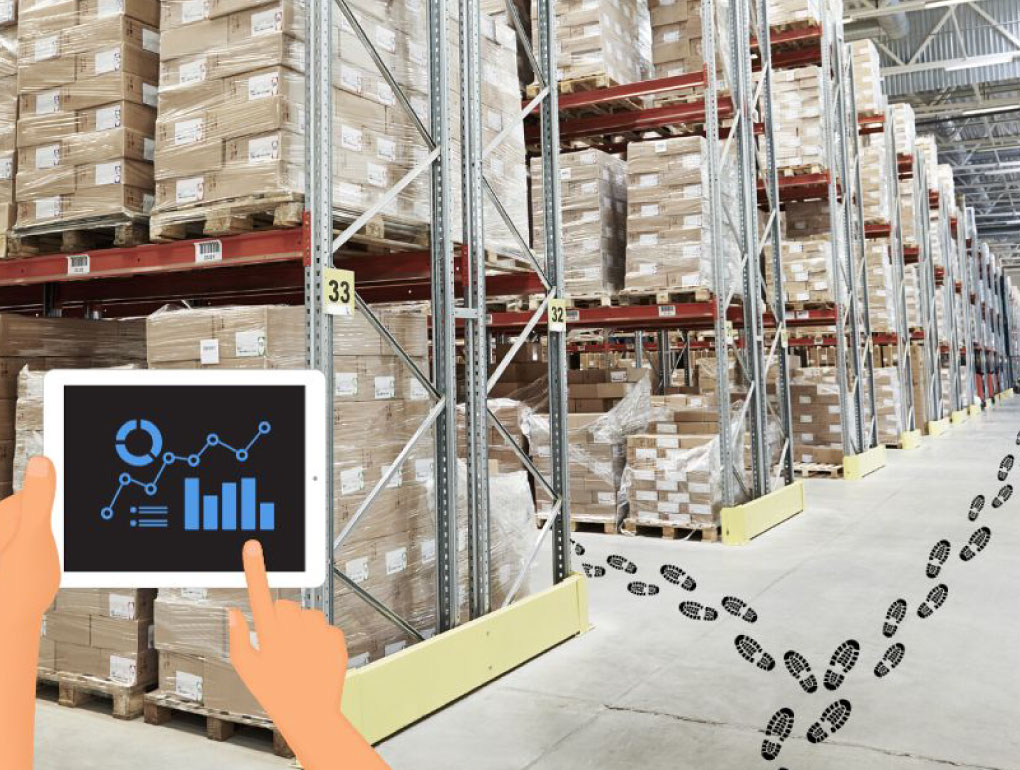To calculate inventory turnover, you need to know two things: the cost of goods sold and the average inventory. The cost of goods sold is the total value of all the merchandise that your company sells in a given period. The average inventory is the average value of all the merchandise that your company has on hand during that same period.
To calculate this rate, simply divide the cost of goods sold by the average inventory. This will give you the number of times that your company’s inventory turns over in a given period.
The higher your company’s inventory turnover rate, the better. This means that your company is selling its merchandise more quickly and is not tying up as much money in inventory.
What is Inventory Turnover
Inventory turnover (i.e. Inventory Turns) is a financial ratio that shows how many times a company has sold and replaced its inventory in a specified period. The turnover rate is important for businesses because it gives them an idea of how quickly they are selling their inventory and how efficiently they are using their resources.
A high turnover rate is usually a good thing, as it means that the company is selling its products quickly and efficiently. A low turnover rate, on the other hand, could be a sign that the company is sitting on a lot of unsold inventory, which can tie up cash that could be used for other purposes.
There are a few things to keep in mind when calculating inventory turns:
- Use consistent data. Make sure you’re using the same time frame for both the cost of goods sold and the average inventory. Otherwise, you won’t be comparing apples to apples.
- Use the right numbers when calculating the cost of goods sold. Be careful not to include any expenses that aren’t directly related to the sale of merchandise, such as shipping costs or sales taxes.
- Remember that inventory turnover ratio is just one metric you need to look at to assess your company’s performance. It’s a good idea to look at other measures as well, such as gross margin and return on investment.
By following these tips, you can be sure that you’re calculating your inventory turnover rate accurately and getting the most out of this important metric.

Inventory Turnover Rate Formula
You’ll need to look at your company’s financial statements to get these numbers. Once you have them, you can plug them into this formula:
Inventory Turnover = Cost of Goods Sold / Average Inventory
For example, let’s say that your company’s cost of goods sold for the year was $100,000 and its average inventory for that year was $50,000. That would give you an inventory turnover ratio of 2 ($100,000 / $50,000).
What Does a Good Inventory Turnover Ratio Look Like?
There’s no magic number for a good inventory turnover ratio. It varies from industry to industry. For example, companies selling perishable goods like food will have higher inventory turnover ratios than those selling durable goods like cars. That’s because people need to eat more often than buy a new car.
In general, though, a higher inventory turnover ratio is better than a lower one. A ratio of 2 or above is usually considered good. A ratio of 4 or above is usually considered excellent. There are a few exceptions to this rule. If your company sells products with a long shelf life, you might not want to sell them too quickly. In that case, a lower inventory turnover ratio might be just fine.
How Do You Calculate Inventory Turnover?
When calculating your inventory turnover rate, the most important thing is to use consistent data. Ensure you’re using the same time frame for both the cost of goods sold and the average inventory. Otherwise, you won’t be comparing apples to apples.
It’s also important to use the right numbers to calculate the cost of goods sold. Be careful not to include any expenses that aren’t directly related to the sale of merchandise, such as shipping costs or sales taxes.
Finally, remember that the inventory turnover ratio is just one warehouse KPI metric you can use to assess your company’s performance. Other important inventory-centered metrics are inventory accuracy, days on hand inventory, and inventory-to-sales ratio. It’s also a good idea to look at other measures, such as gross margin and return on investment. By looking at all these factors together, you’ll get a more complete picture of how your company is doing.
The inventory turnover ratio is an important metric for businesses, especially those in the retail and manufacturing industries. It’s a good idea to calculate your inventory turnover rate regularly to keep track of your company’s performance. By doing so, you can spot trends and make changes to improve your bottom line.
Average Inventory Turnover Ratios by Industry
Factors that Can Affect your Inventory Turnover Rate
What Causes a Low Inventory Turnover Ratio?
There are a few possible causes of a low inventory turnover ratio:
- Your company isn’t selling enough product. This could be due to poor marketing, high prices, or a lack of customer awareness.
- Your company is selling products that have a long shelf life. This isn’t necessarily a bad thing, but it means that you won’t be turning over your inventory as quickly as other companies.
- Your company is stocking too much inventory. This ties up cash that could be used for other purposes, like investing in new products or expanding your business.
If you have a low inventory turnover ratio, it’s worth taking a closer look at your business to see if there’s anything you can do to improve it.
What Causes a High Inventory Turnover Ratio?
There are a few possible causes of a high inventory turnover ratio:
- Your company is selling products that have a short shelf life. This could be due to the nature of the product (e.g., food) or because your company is selling outdated products.
- Your company is selling products that are in high demand. This could be due to effective marketing, a great product, or a combination of both.
- Your company is stocking too little inventory. This could lead to lost sales if customers can’t find the products they want.
If you have a high inventory turnover ratio, it’s worth taking a closer look at your business to see if there’s anything you can do to improve it.

Tips to Improve your Inventory Turnover Rate
There are a few things you can do to improve your inventory turnover ratio:
- Sell products that have a short shelf life. This could involve selling perishable goods or outdated products.
- Sell products that are in high demand. This could involve effective marketing, a great product, or a combination of both.
- Reduce the amount of inventory you stock. This could involve reducing the number of SKUs you offer or investing in just-in-time inventory management.
FAQ
What is an average inventory turnover rate?
The average inventory turnover rate varies by industry. For example, the average rate for grocery stores is 4.5, while the average rate for furniture stores is 2.0.
What is a good inventory turnover ratio?
There is no one-size-fits-all answer to this question. The best way to determine if your inventory turnover ratio is good is to compare it to the average rate for your industry.
Is high inventory turnover good or bad?
It depends. A high inventory turnover ratio can be a good thing if it’s due to strong sales. However, it can be a bad thing if it’s due to stocking too little inventory.
What causes low inventory turnover?
There are a few possible causes of low inventory turnover, including selling products with a long shelf life, stocking too much inventory, and not selling enough product.
What should I do about a low inventory turnover ratio?
If you have a low inventory turnover ratio, it’s worth taking a closer look at your business to see if there’s anything you can do to improve it. One option is to sell products that have a shorter shelf life. Another option is to reduce the amount of inventory you stock.
How do I increase my inventory turnover rate?
There are a few things you can do to increase your inventory turnover rate, including selling products that have a short shelf life, selling products that are in high demand, and reducing the amount of inventory you stock.
What causes inventory turnover to increase?
There are a few possible causes of an increase in inventory turnover, including selling products with a short shelf life, selling products that are in high demand, and stocking too little inventory.
How do I decrease my inventory turnover rate?
There are a few things you can do to decrease your inventory turnover rate, including selling products with a long shelf life, stocking more inventory, and not selling enough product.








